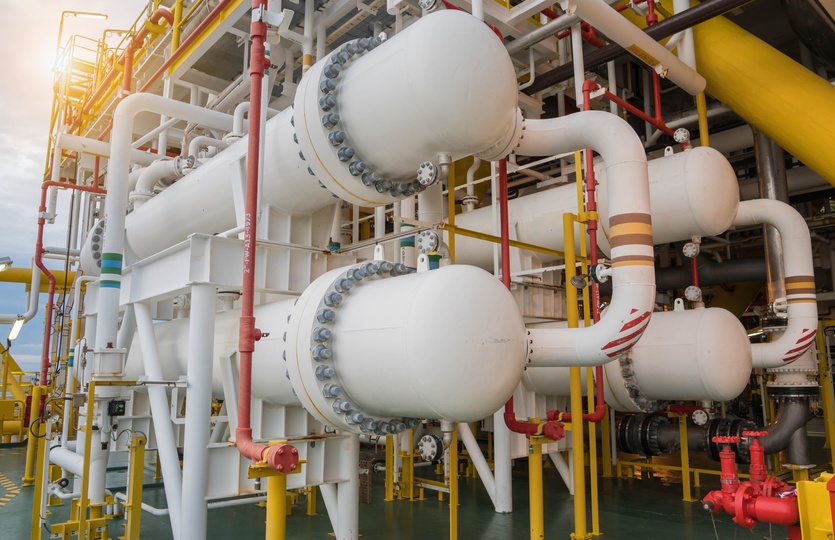Different TEMA Designations
The Tubular Exchanger Manufacturers Association (TEMA) designations categorize heat exchangers based on their construction and application. These designations, such as BEU, BEM, AES, and NEN, indicate specific configurations and design details. TEMA also classifies exchangers by letters C, B, and R. TEMA C is for general service and has the lowest requirements. TEMA B is for chemical service. TEMA R is for refinery service and has the most stringent requirements.
Codes and Standards for the Design of Shell & Tube Heat Exchangers
Several codes and standards guide the design of shell & tube heat exchangers. These include the ASME Boiler and Pressure Vessel Code, TEMA standards, and API (American Petroleum Institute) standards. Adhering to these ensures safety, reliability, and efficiency. Using HTRI Thermal Design Software Designing a shell and tube heat exchanger using HTRI involves a detailed process. Engineers start by defining key process requirements such as fluid types, flow rates, and temperatures. They then select appropriate configurations, including shell passes, tube layouts, and materials. Detailed thermal calculations are performed to determine heat transfer coefficients for both shell and tube sides, factoring in fluid dynamics and thermal properties. Hydraulic calculations follow to evaluate pressure drops, ensuring operational efficiency. Engineers iteratively adjust tube lengths, diameters, and layouts, balancing thermal efficiency with mechanical constraints. The final design undergoes rigorous validation against industry standards to ensure safety and reliability.
